The alpaca is a small camelidae, descending from the vicuna, cousin of the dromedary and other camels. It is found originally on the Andean highlands of Peru, Chile or Colombia at more than 4500 meters above sea level.
There are four distinct species in small camelids:
- Two domestic species that are the llama and the alpaca
- Two wild species that are guanaco and vicunaAlpaca is essentially high for the undeniable quality of its wool. This high-end fiber has about twenty natural nuances. Resistant, of great finesse, warmer and lighter than that of sheep, hypoallergenic, it offers incomparable comfort.It is a discreet animal with a very developed gregarious instinct. You have to be gentle with him. If he does not like to be caught or caressed, he will be a curious and very endearing companion as soon as he is confident. This subtle complicity is built over time.
An alpaca can live up to 20 years.
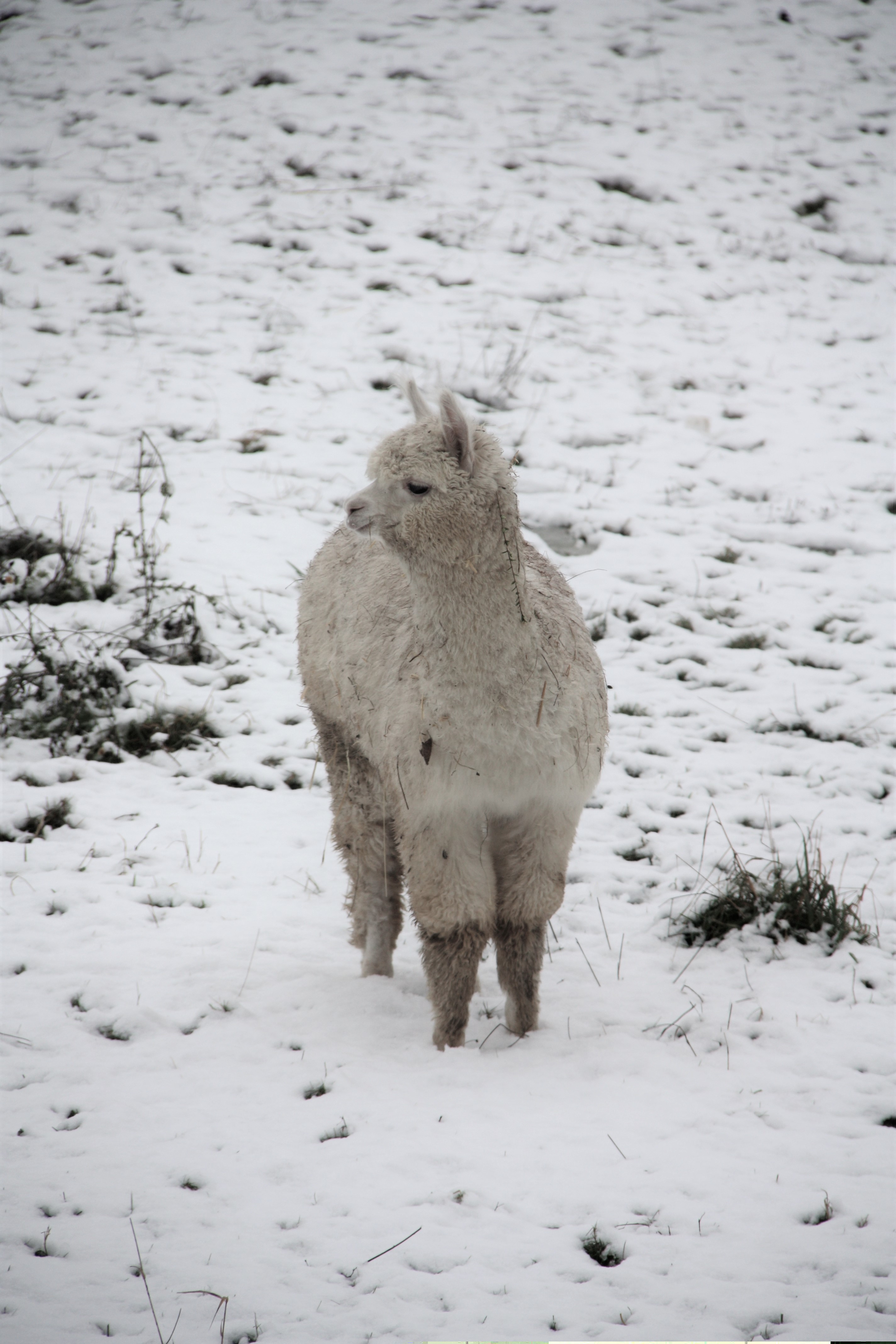
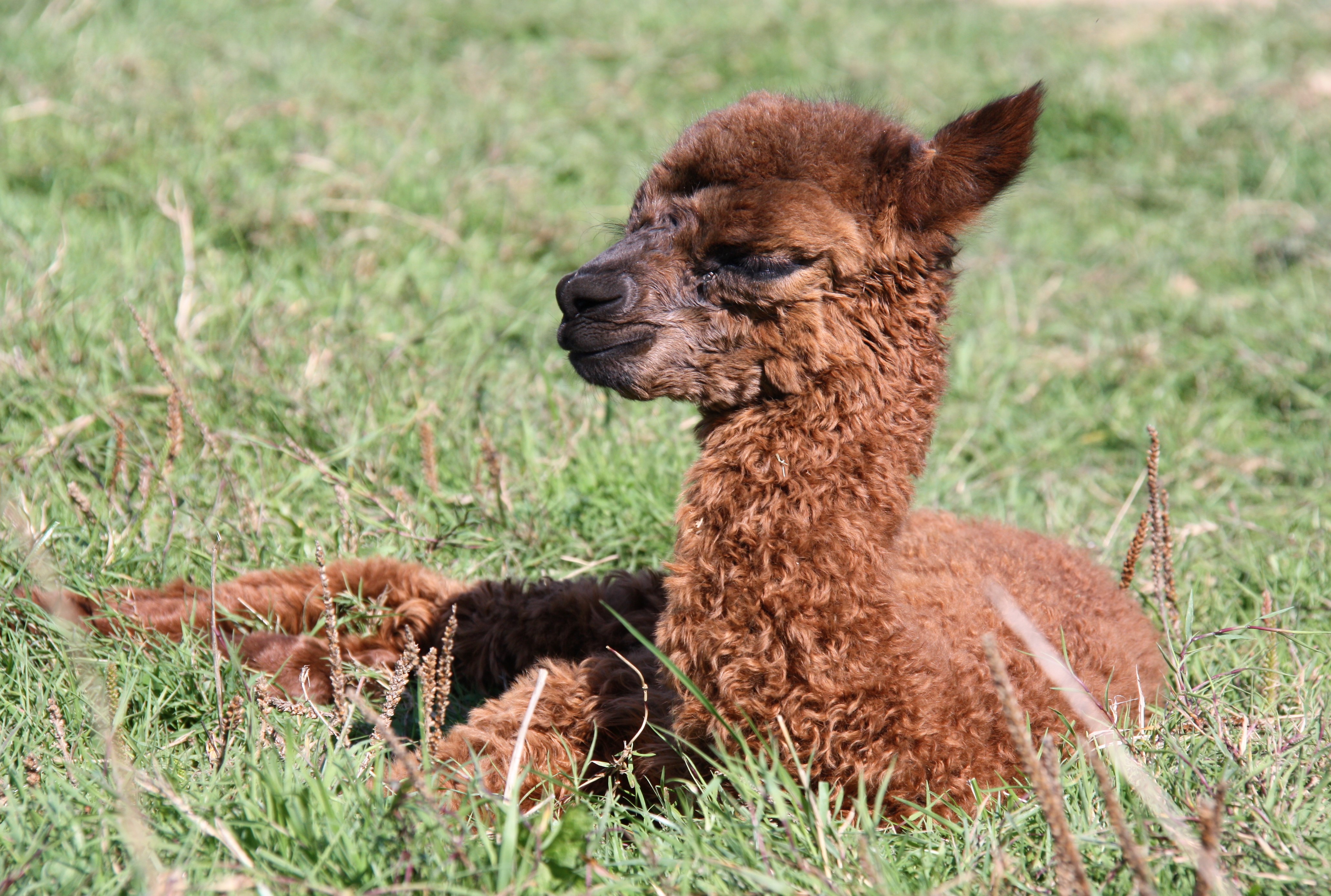
Its height at the withers is between 85 cm and 1 m for a weight between 55 and 90 kg (6 to 9 kg at birth)
His back is straight but the rump is rounded.
The foot has nails and a foot pad
Teething is also important. The upper and lower jaws must join properly.
Animals that do not possess a wool of sufficient quality to be used as breeding stock are often destined to live a life of animal of leisure. Thanks to their kindness and their intelligence, alpacas make the happiness of the private individuals.
These animals can also participate in agility trials at competitions to demonstrate that their mind is suitable for recreation. This is to allow some breeders to value a selection work based on the originality of the dress and the mind.
When we look at living these little camelids we quickly see that their main characteristic is a very structured social life, with reports of “hierarchy” or “friendship”.
The position of the ears and the tail as well as the emission of a whole series of varied noises will punctuate this social life.
To the eternal question “does he spit? We will answer yes.
In small camelids, social relationships are therefore of great importance, and it is normal to see a hierarchy and affinities set up within a herd. For the good mental balance of your animal, it is preferable that he is not alone, so that he can express this sociabilization with congeners.
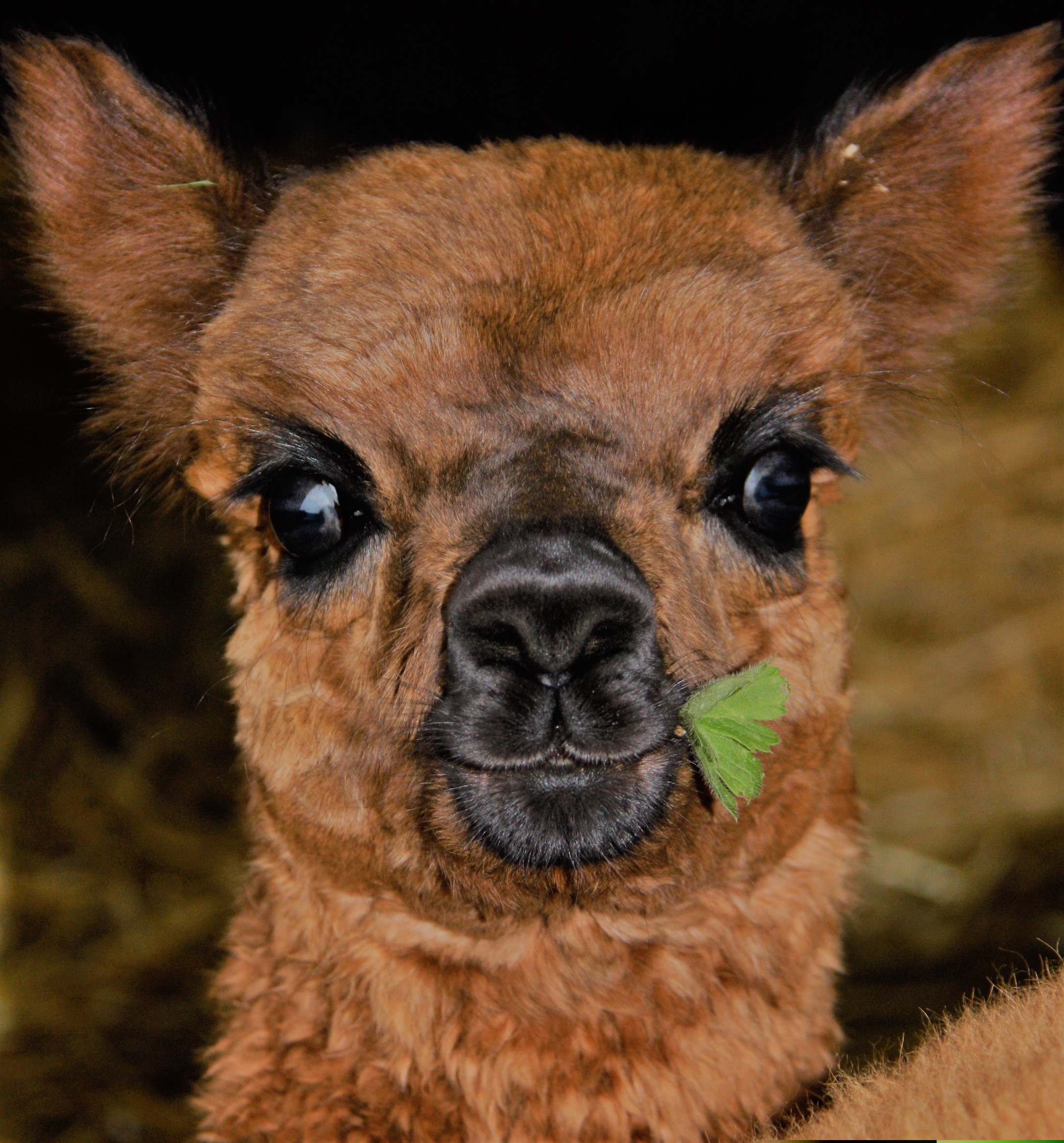
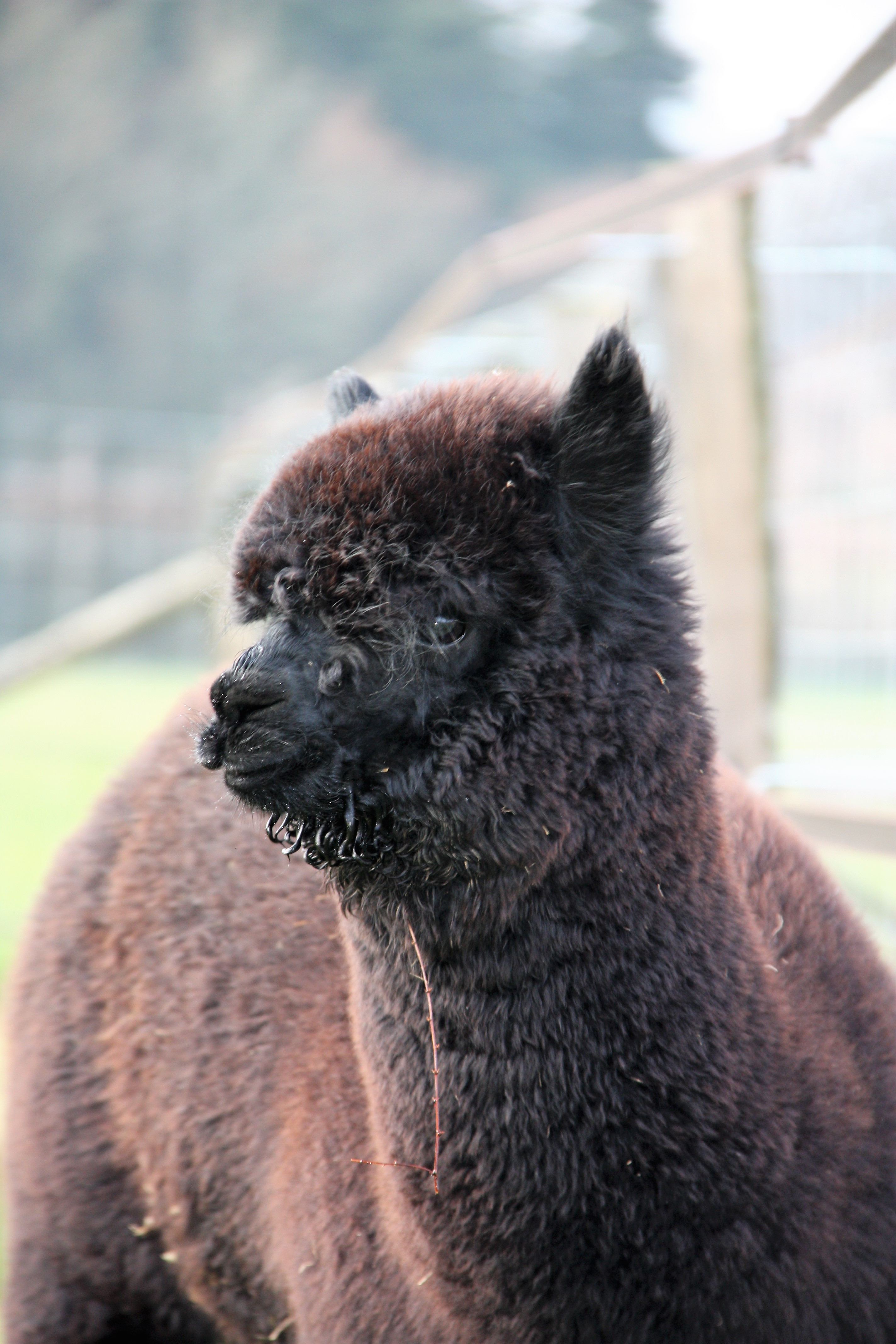
The food needs vary according to the age, the size, the work, the external conditions, the physiological state of the animal.
The fibers (fodder) are essential because they allow a good digestion.
Depending on the physiological state of the animal (full female, or suckling, male breeding period ..) I complement with flaked and a food for camelids.
The area to devote to them will depend on the quality and quantity produced by the plot. Where there is 1 horse or 7 sheep per hectare, we can consider putting 5 alpacas. Some plants such as boxwood, rhododendron, some laurels, thujas are very toxic. It is imperative to check that they are not present in the pens.
Water must always be available, clean and fresh.
In South American camelids, ovulation will be induced by the protrusion of the male. One of the first consequences of this phenomenon is that there is no particular season of mating.
The average gestation period is 335 days in alpaca. Twin births are extremely rare.

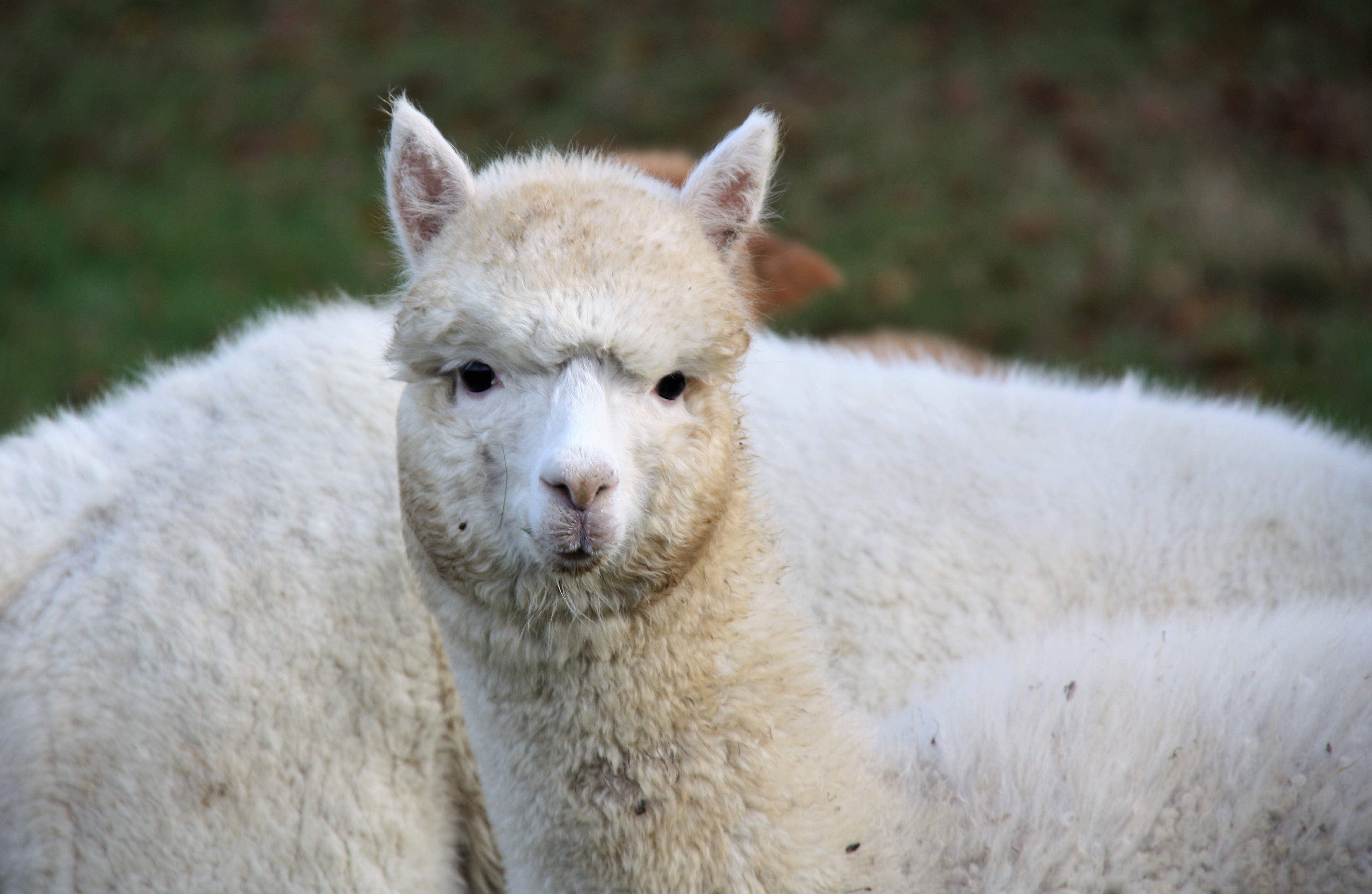
It is recommended to vaccinate animals against enterotoxaemia and tetanus.
Special attention will be paid to external (equal …) and internal parasites. Periodic deworming is necessary.
We must monitor the growth of nails that must be regularly cut.
An alpaca mows every year in the spring. Mowing is also necessary to protect them from heat stress during a hot summer.
